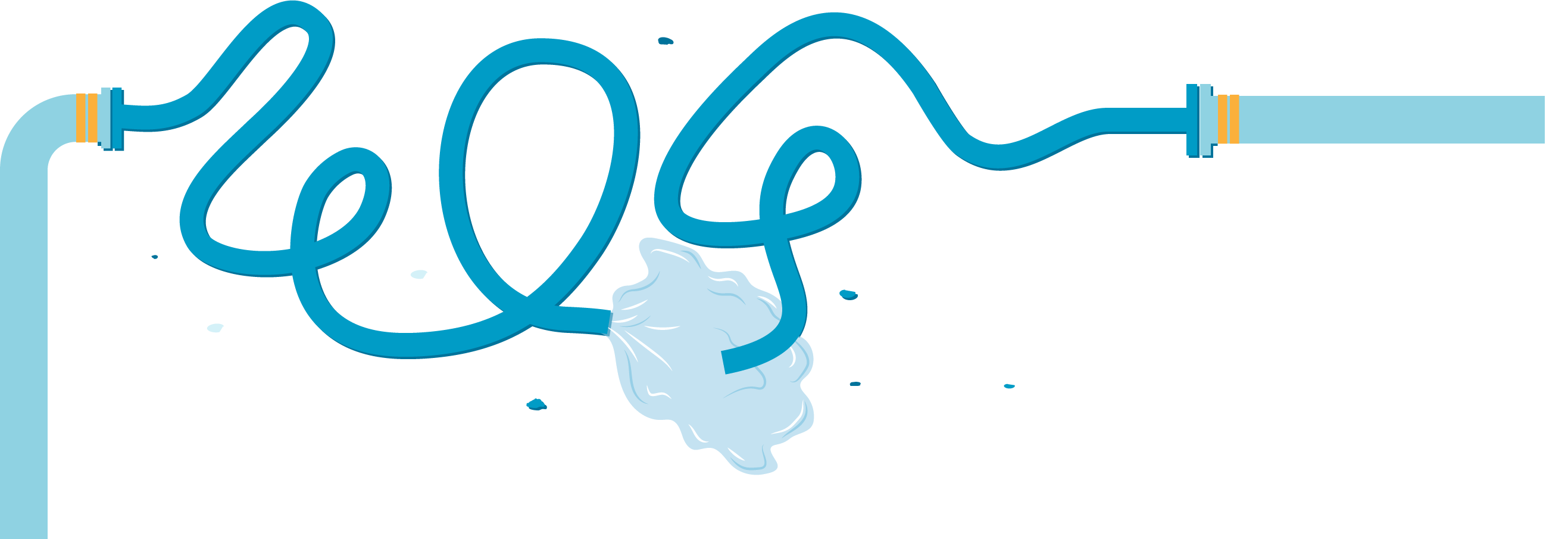{{selectedAlertBand.alertDescription}}
{{selectedAlertBand.incident.heading}}
Message last updated - Saturday 20th April 2024
{{selectedAlertBand.incident.heading}}
Message last updated - Saturday 20th April 2024
Message last updated - Saturday 20th April 2024
{{selectedAlertBand.alertLinkText}} {{selectedAlertBand.alertLinkText}}
For further updates subscribe
Whoops, there's a spanner in the works!
